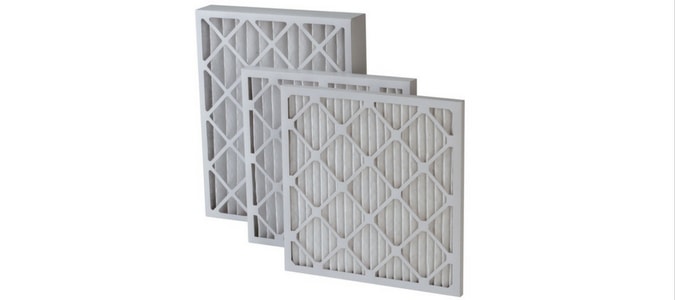 Air conditioners require regular maintenance to keep them running efficiently. Performing routine checks also helps keep your energy costs down and enables you to spot problems early on, which can avoid costly repairs. One of the quickest and easiest ways to keep your unit running at peak efficiency is to regularly change your filter. According to the U.S. Department of Energy, “Replacing a dirty, clogged filter with a clean one can lower your air conditioner’s energy consumption by 5 percent to 15 percent.”
Air conditioners require regular maintenance to keep them running efficiently. Performing routine checks also helps keep your energy costs down and enables you to spot problems early on, which can avoid costly repairs. One of the quickest and easiest ways to keep your unit running at peak efficiency is to regularly change your filter. According to the U.S. Department of Energy, “Replacing a dirty, clogged filter with a clean one can lower your air conditioner’s energy consumption by 5 percent to 15 percent.”
How to Change Central Air Conditioner Filter
When you weigh the energy savings of having a clean filter against the low cost of a new filter, replacing your filter seems like a no-brainer. Remembering when and how to perform this simple task, however, is another matter. Even if you think you know how often you should change your filter, you may not understand what a filter actually does for your home air quality and how your filter helps your air conditioner cool your indoor spaces. Better appreciating the importance of your filters can help homeowners prioritize this necessary undertaking.
What Does Your Central Air Conditioning Filter Do?
Air filters play an important role in your air conditioning unit’s function. This large, flat pleated element traps dust, dirt, pollen and other airborne particles, keeping them from moving through your system. In addition to helping your AC operate more efficiently, by removing potential allergens from the air, filters also help to keep the air inside your home healthier.
There are a variety of different filters. You can choose between disposable, washable, electrostatic and HEPA air filters. Although washable filters are more environmentally-friendly, they tend to be less efficient over time than their disposable counterparts. When deciding between a disposable and washable filter, you’ll also need to factor in the time you will need to spend cleaning a washable filter every few months and the time the filter will take to dry, since any moisture within your air conditioner can provide a breeding ground for mold and bacterial growth.
Electrostatic filters use electrical charges to collect small airborne particles from the air. These filters must be washed off regularly in order for them to be effective. HEPA filters capture at least 90% of particles which are 0.3 microns or bigger. To put that into perspective, a single piece of human hair is 40 to 50 microns wide. These mechanical filters force air through a mesh barrier and can help filter out allergens such as pollen, dust mites, pet hair and tobacco smoke. If you have allergies, your choice of filter is only one way to remove potential irritants from your living spaces. Other tactics include frequent vacuuming, swapping out carpet for hardwood, tile or vinyl flooring and replacing window treatments with roll-up shades.
Most filters are available at your local hardware store or online. The size of the filter you need is determined by the size of your vent. If you have an existing system, check your vent and read the size on the existing filter. If you are in a new home, your AC installer will recommend a filter based on the unit that is right-sized for your house.
Filters are measured by the MERV rating system on a scale of 1-16. The higher the number, the better a filter is for trapping particles. The acronym stands for Minimum Efficiency Reporting Value and is the main industry-backed standard to allow consumers to judge how well a filter will work.
Some homes have more than one air filter. Make sure you know your home and where the vents are so you can change your filters on a regular basis.
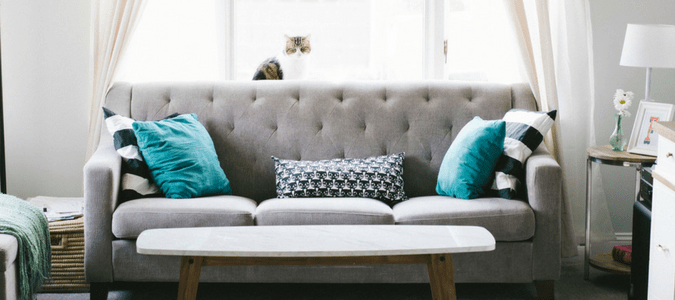
How To Change Air Conditioner Filter In-House
Depending on the type of filter you use, the number of people in your home, whether you have pets in the home, the amount of traffic near your home and allergies, you may need to change your filter monthly or every three months, or in very rare cases, even just once a year. Here are some facts to keep in mind about filters and their lifespan:
- Filters can be responsible for up to 60% of the energy costs associated with moving air through your air conditioning system.
- Dirty systems can be the result of gaps between the filter and the frame. A gap as small as 1/4″ around a filter that is 24 inches by 24 inches can allow as much as an 18% air bypass.
- The bigger the surface area of your filter, the more particles it can trap. This is one reason that many filters have pockets or an accordion-like design.
- An inexpensive pressure gauge may be your best tool to help you determine when high-efficiency filters need to be replaced. Each manufacturer has a recommended drop in pressure which indicates when enough debris has accumulated that air is moving more slowly through the system and the filter is becoming less efficient. Some of these filters include their own sensor to help determine what replacement is necessary.
To be on the safe side, check your filter for buildup every month, particularly during heavy use (in the summer and winter months). In general, you’ll want to replace or clean your filter every month during peak times of year and every two to three months during the other months of the year. If you have trouble seeing through the mesh on a non-pleated filter, it’s time to take action. If you can see visible signs of dirt on your pleated filter, you’ll need to replace it.
Another way to tell if you have a dirty air filter is if you notice more dust around your home than normal. Check around your doors for signs of dust which can indicate your air conditioner isn’t as efficient at removing these particles from the air.
Steps To Change Your Air Filter
If you have determined that your filter needs to be changed or washed, here are the steps you’ll need to take to take care of this task:
- Wipe down your panel door or clean it with your vacuum attachment.
- Check the filter to see if it’s dirty. As we mentioned earlier, you’ll probably be able to see the dust on the filter. If you can no longer see any part of the filter, you’ve waited too long to change it and need to increase your frequency.
- Remove the filter from the air conditioning unit.
- For washable or permanent filters, take the filter outside. Using your hose, spray the filter until all of the dirt and dust that you can see is gone. Apply water until the water runs clear through the filter. At first, the water will appear dirty; eventually, it will turn clear. Once your filter is clean. let it dry completely before it is reinstalled.
- For disposable filters, check the size of the filter (it’s written on the side of the filter) to determine what you need to buy. Purchase a new one at a local hardware store and replace it.
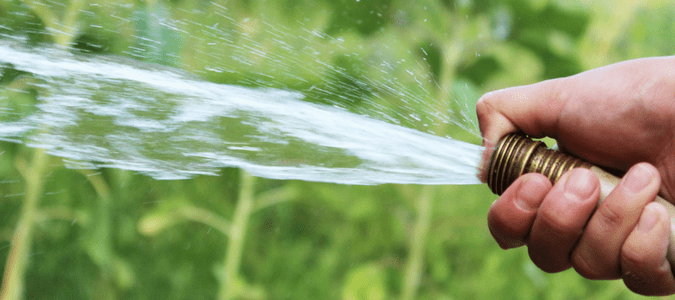
How Do You Change An Air Filter Regularly?
Remembering to change your filter is important. The filters remove dust and other airborne particles and keep them from being recirculated through your HVAC system. It also keeps your system from becoming clogged with potential irritants and causing additional problems with your air conditioner.
If you routinely forget to replace the filters, it can take years off the life of your HVAC system, which can be very costly. An efficiently running system can also save you on energy costs, and there are potential health benefits too.
So, how do you remember to replace your filters, especially when it seems so ambiguous as to when you should? First, we recommend writing the date you replaced the air filter on the filter itself if it’s disposable. Make a note on your calendar 30 days from the time you install the filter to check it.
Some people simply replace their air filter at the beginning of the month, or when they pay their electric bill. It really depends on the type of filter and the number of these small air particles that are circulating in your house.
If the filter is relatively clean after 30 days, mark your calendar for the next 30 days to recheck the filter.
Once the filter is visibly dirty, replace it. Then repeat the process at the same interval using an online reminder or repeating calendar feature. Some companies offer filter delivery services so that a filter arrives on your doorstep when you indicate.
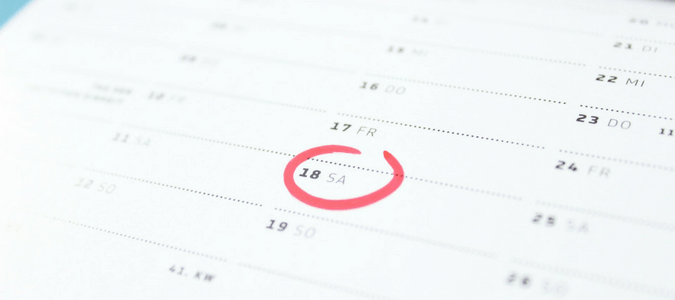
How To Install An AC Filter: Airflow Problems and Air Quality
Make sure your filter is correctly installed to ensure that it keeps dirt and dust from coming directly in contact with your evaporator coil. Over time, these air conditioner components do become dirty and need to be cleaned or serviced. However, your filter plays a big role in that effort.
When you fail to replace your filter frequently, the filter stops working. That means that all of the dust and other airborne particles go through your HVAC system, which causes buildup, which reduces efficiency. That same dirty air is then recycled through your house.
Forgetting to replace or wash your filter can eventually cause breathing problems, especially for people with asthma or allergies. Many people purchase the more expensive HEPA filters to reduce allergens.
Indoor air particles come from a variety of sources: dust mites, molds, bacteria, viruses, pet dander, pet hair, pollen and more. A good filter will help reduce those from being constantly recirculated through your home.
Just like when you have to change your car air filter so that it doesn’t clog up your engine, changing your air conditioner filter helps reduce pollutants into your HVAC system.
Dirty filters also make your AC unit run more while it also isn’t cooling as well. The extra energy that is used increases your electric bill and isn’t good for the environment.
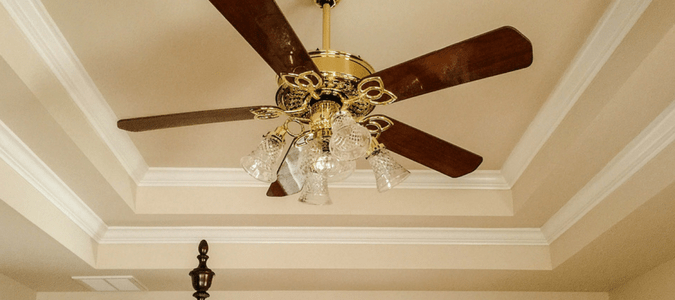
ABC Home & Commercial Services Can Help
Your HVAC unit will function more efficiently when it is well-maintained. Just like your car needs regularly scheduled maintenance to keep it running efficiently, so does your air conditioner. The well-trained professionals at ABC Home & Commercial Services can help you maintain your unit, as well as make any needed repairs. Our experts can even advise you on when it’s time to replace your unit and handle installation.
